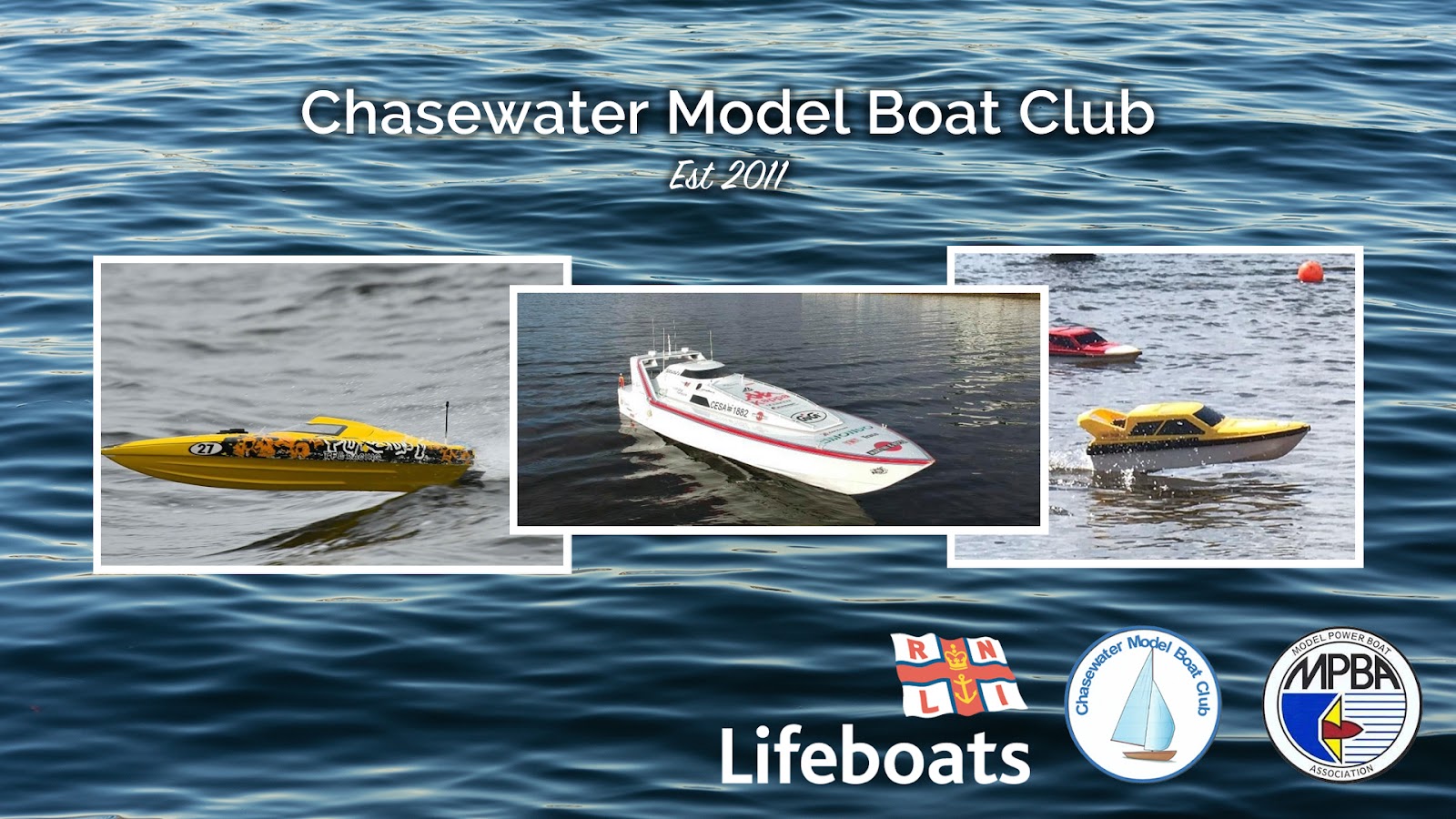heres a list of all the items on here so far:-
1/ Navigation light sets.
2/ Glue - what to use to stick what to what?
3/ Boat ballast - cheap and simple
4/ Non slip decking
5/ RTR Southampton tug nav light conversion
6/ Model Boat carry Cradle
GLUE !
Second useful tip came from a fellow modeller. I wanted to put a replica "anti slip" deck on my dusseldorf fireboat, but the thought of having to buy several sheets of "chequerplate" embossed plasticard sounded expensive, so used this option instead.
5/
RTR Southampton Tug - Lighting conversion.
I had a member of our boat club ask if I could install some lights in his rtr Southampton tug yesterday. A request I could not refuse, i'm game for anything, especially a "challenge" considering this boat is already "built", so not able to install from day 1 so to speak.
First thing was to see how many parts i could strip the upper cabin down to. I was surprises how easily it came apart. remove 2 phillips headed screws on the underside of the upper deck and the wheelhouse hinges off, then by carefully sliding upwards, both funnel/exhaust stacks slide off too. the main mast only needed the inner ribs [or ladder steps] cutting out, leaving a nice open tube to run the wires down off the mast lights.
I used some small 3mm led's for these lights, firstly cutting out a notch in the original light fittings, the drilling 2 1mm holes for the led tags to run through in to the back of the mast, then routing the cables down the mast and through the wheelhouse and then down inside one of the exhaust stacks. soldering the resistors to the wires once inside the stack casing [more room here]. I filled the back of the mast up with hot glue once all the wiring tested and sorted to seal and make good waterproof surface for repainting black again.
The navigation lights were easy enough too. using a small 1mm drill I put 2 small holes through the nav light boards after carefully cutting awau the original coloured pieces of plastic. the slipped the wire tags down off the led, before again fixing the bulb in place with hot glue.
I then routed the cables forward to the forward cabin under the wheelhouse, added a 9v battery and an on/off switch.
Job done!
Time taken?
A mere 3 hrs, but just adds that finishing touch to a quite nice little rtr tug.
Hope you agree.
Added some pics to show fittings.
6/
BOAT CARRY CRADLE .
Heres a simple, CHEAP and easy model boat carry cradle for you. its made from some square section timber, made in to a frame of a suitable size to suit your own model boat, with an upright post at each corner of the frame. these posts take a webbing strap, which then acts as support to the boat hull.
if you use a jubilee clip one 2 of the web straps on one side of the frame, you can make the cradle adjustable so it can carry a variety of different sizes and depths of hulls.
It beats having to cut precise wooden profiled frames that replicate the contours of a boat hull!









